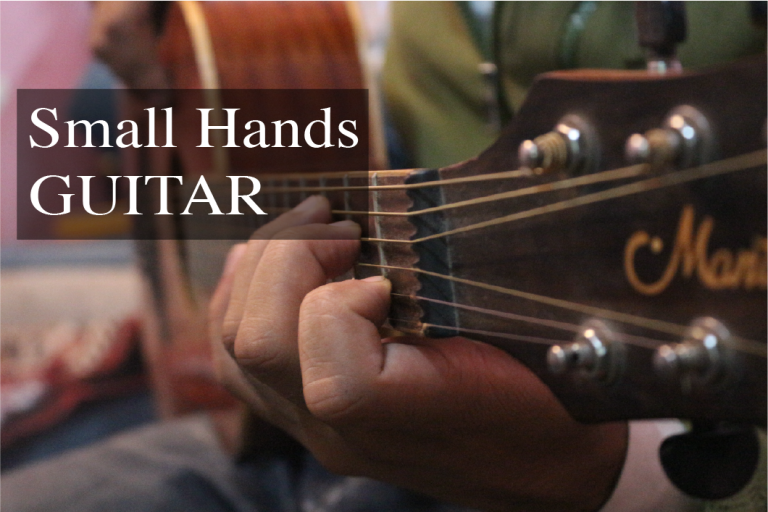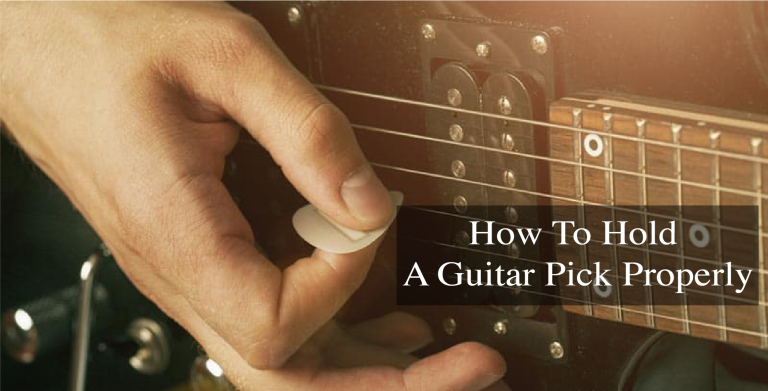4 Easy Ways To Master EQ Cheatsheet | Instrument Frequency Chart
Learning to read and use an instrument frequency chart is super important if you want to use EQ controls to mix and master music. This EQ cheat sheet will get you up to speed on where various instruments lie on the frequency spectrum and might clash in the mix.
Much like how mastering the pentatonic minor scale is going to make you better at improvising and coming up with your own solos, learning where the range of your instrument lies can also be very helpful. If you want to write your own songs someday and have no idea about mixing, getting familiar with the EQ cheat sheet is the right step in that direction.
In this post, I am going to walk you through the frequency spectrum, instrument ranges, and EQ tips that will help you master arranging and mixing for different instruments.
Instrument Frequency Chart – EQ Cheat Sheet for Mixing
I’ve made a fantastic EQ cheat sheet for you to use while mixing or fitting frequencies on a mix. You can also download the chart by clicking on the image and printing one to stick on your wall. Having the instrument frequency chart in front of you can be very handy when trying to think about which instrument fits where.
That said, all instruments are unique- the timbre, tone, and even frequencies produced can vary depending on the context. Trying to use a violin for a fast piece with super high harmonics is a terrible idea as getting the intonation of high harmonics can be a pain for the violinist. I would suggest using pitch shift pedals with guitars for this purpose.
While knowing stuff like the significance of tone hole lattice cutoff frequencies on clarinet sounds and ultrasonic limits of instruments beyond 20KHz can be a good way to nerd up, details like those aren’t really required in mixing. You need to listen to sounds and make sense of them.
Ultimately, you will want to use this EQ cheatsheet as a handy reference and not something to depend on. Your ear is always the best thing to use to discern whether a mix is good, and that comes with ear training and lots of practice.

Choice Of Instruments
While many musicians think mixing engineers can touch up tracks and fix mistakes in processing, leaving EQ to do all the work is a terrible idea. If your track is full of instruments that are taking up the same frequency range, EQ won’t fix anything.
Most musicians who write songs will think about the instruments before actually recording, and this allows them to think about what instruments will fulfill the role of bass and what to use for the high notes. Personally, I like to write songs on a single instrument (often guitar), then record the parts with different instruments.
I have mentioned that instruments with the same range can clash- you may have been confused by that, so I want to address that here. Think of this scenario- you are playing the guitar and your friend is also playing the guitar, and both of you are playing rhythm.
You have got two options- you could either double the harmony by playing the same thing on two guitars which gives a much fuller-sounding rhythm section in the mix, or you could try playing in different frequency ranges. While you are playing the chord changes in the first position, you could have your friend play the same chords somewhere high up the neck.
This is an easy trick to introduce some variation into the rhythm section. Also, voicing chords as spread triads can also be a great way to create some space and break the clunkiness. This is very easy to do in piano and fretted instruments, and if you think the frequencies would sound better spaced out, this is a good way to achieve that.
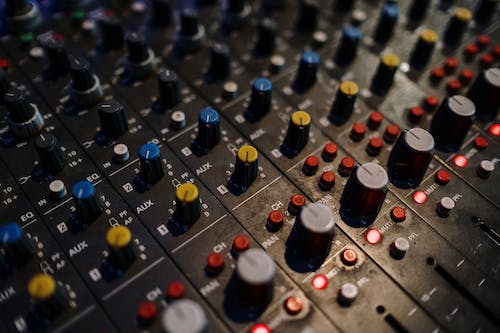
If you like using Electronic instruments, things can get tricky as those instruments have the highest frequency range. Pipe organs and pianos have the next highest frequency ranges overall. If you want to have high pitches, something like a piccolo or flute would be great in the woodwind family. If you aren’t sure about what instrument has a higher pitch, just look up the eq cheat sheet we have attached.
How To Use EQ and Instrument Frequency Chart
EQ Sweeps
Sweeping the mix for EQ is one of the classic ways to remove any unwanted frequencies.
The process is fairly simple, you start with a point with high gain and narrow bandwidth, resume the track, then sweep that very point across the spectrum till you can pinpoint the problem. There are usually spots in a mix where the issues are easily noticeable, you will want to make cuts on that particular frequency.
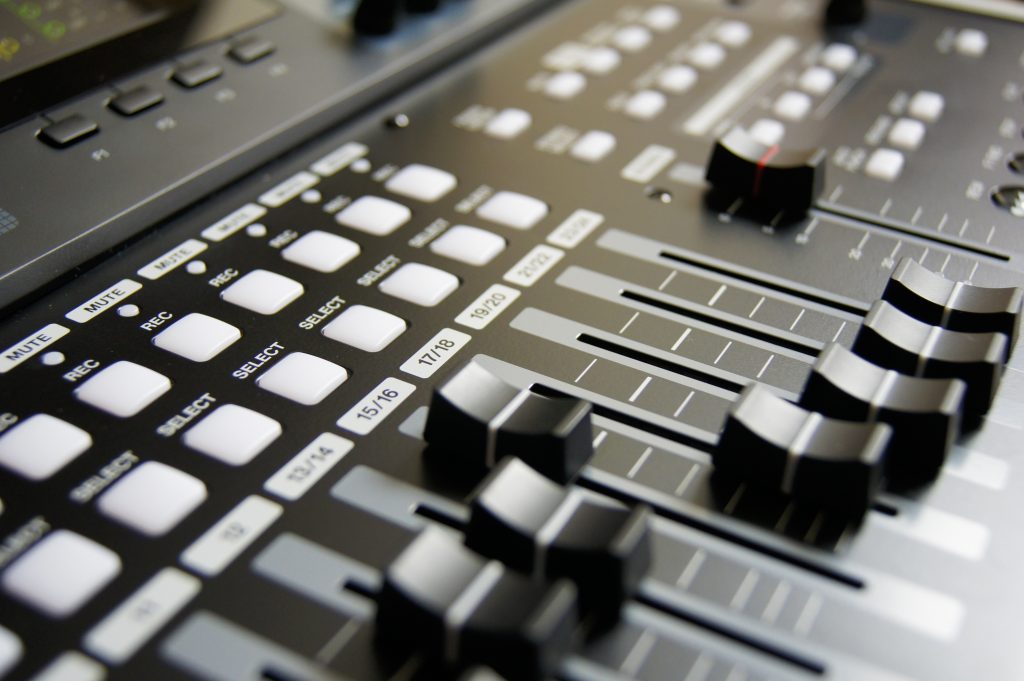
I like to stick to just one area at a time- if you go around adjusting levels for different areas at once, you will end up with a messy mix that sounds terrible.
Practice Narrow Cuts and Wide Boosts
When you’ve pinpointed a problem area, you should then cut the specific frequency. Doing this is going to remove information from the mix, so you should do cuts sparingly.
Usually, 3dB bandwidth is okay, and anything more than that can have drastic effects.
Going with a wider EQ boost will help your edits feel more organic to the ear- a narrow EQ doesn’t sound natural at all. Personally, I like boosting the harmonics slightly for a brighter sound. Many artists like using plugins to analyze spectrum- looking into EQ plugins is a great idea as that can save you lots of time while mixing.
Use Filters
Most modern EQs will let you apply high-pass and low-pass filters to your signals. This can be very apparent if you have learned some bass songs in the past and had to record them.
If you are new to digital signals, you should know that even if you are just playing a single note. you will also get a faint trace of overtones in the recording. For example, if you were playing a C note, you would get overtones of G as well. Higher fundamentals come with lower frequencies as well, so it is a good idea to get rid of unwanted frequencies by applying filters.
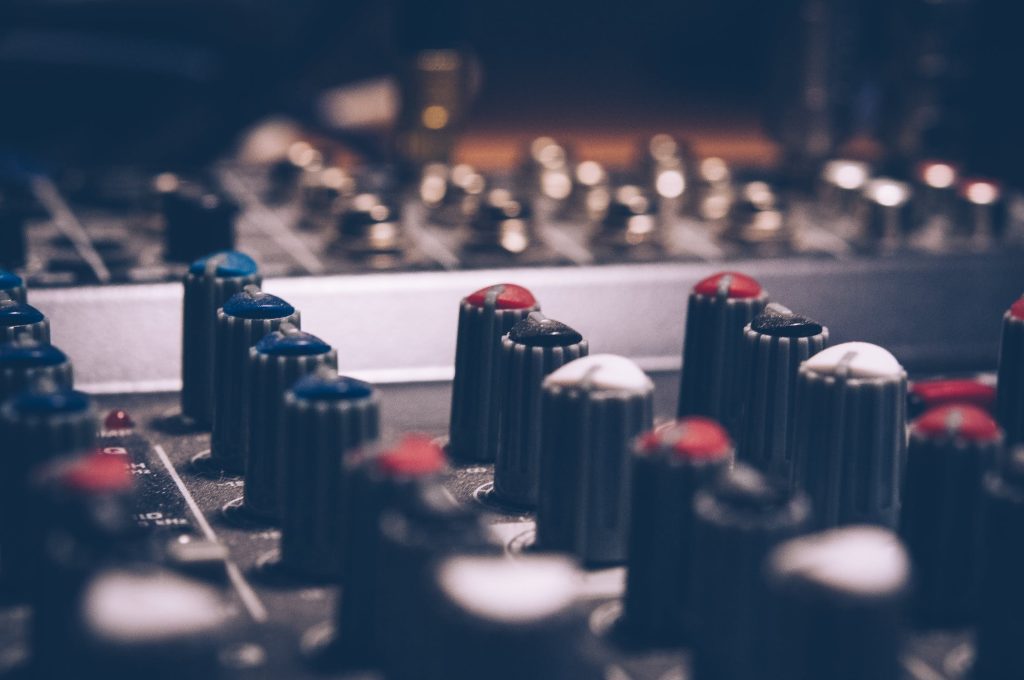
High-pass filters can remove annoying sounds like rim shots or ringing from hi-hats, and you should also remove low-ends that could be clashing with the guitar parts.
It can be tempting to go overboard, but you should use discretion when using high-pass or low-pass filters as overdoing it could get rid of important sounds.
Panning to Avoid Clutter
If you feel like instruments are competing for space, you can also pan the sounds to the left or right thus freeing up space. This helps with a better projection of the sound of the instrument and listeners will have an easier time listening to the composition.
You might want to stick with the soloed sounds and think the mix is great but you should listen to the whole mix before deciding if the edit was good. Over time, you will also learn to read an EQ cheat sheet to enhance your mix.
Final Thoughts
While mixing, knowing the frequency spectrum of certain instruments can make your life easier. It helps avoid clashing frequencies and makes for more polished-sounding mixes. It saves as much time as you would if you had small hands and had the best guitar for small hands!
Feel free to download the EQ cheat sheet I’ve provided above and print that out for use in your own sessions. It’s also a good idea to think about the instrument frequency ranges before recording parts with them- this way, you don’t need to touch up things in the processing as much.
Frequency charts have also been used to assess lower urinary functions– that’s pretty cool!
You may also like:
Frequently Asked Questions
What frequencies should I EQ out?
Usually, you will want to EQ out any outliers like too high frequencies or too low frequencies- a wide cut of 3dB between 250-350Hz is a good idea to get rid of any unwanted sounds in a home mix.
How do you EQ a tuba?
Tuba has a low sound that can make the mix sound fuller. I like to give it a bass boost at about 80Hz for a warm tone.



